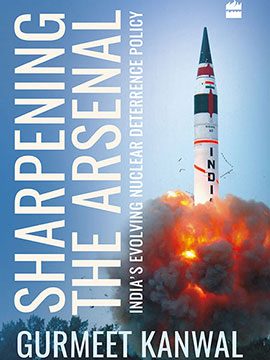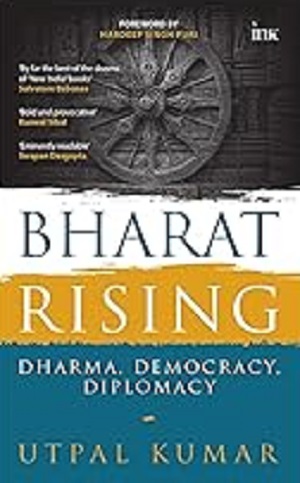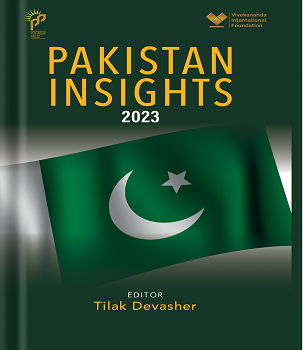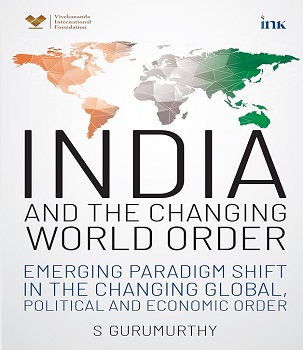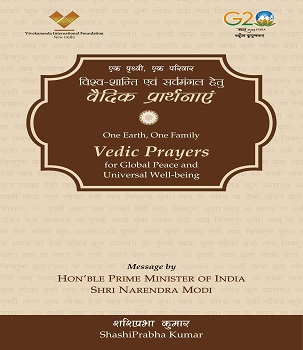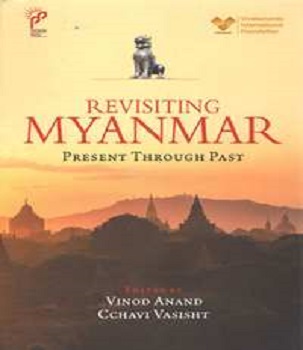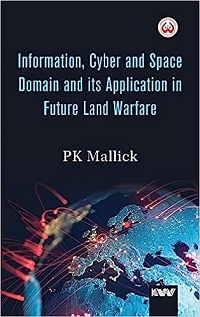The book deals comprehensively with India’s nuclear arsenal and finally suggests as to what must be done to sharpen it in the current environment.
The book has 13 Chapters and six interesting Appendices. The first Chapter deals with the reluctance of India as a nuclear power. After covering the strategic dynamics in the region, the Chapter flows into the two days of May 1998 when India undertook five nuclear tests and declared itself a state armed with nuclear weapons. However, with its pacifist strategic culture, India became, and remains, a reluctant nuclear power. India believes that nuclear weapons are political weapons, not weapons to fight a war. Their sole purpose is to deter the use and threat of use of such weapons by India’s nuclear armed adversaries. This was clearly stated by the Indian Prime Minister Atal Behari Vajpayee in Parliament in 1998. He clarified that these weapons are not meant for aggression or for mounting threats against any country; these are weapons of self defence, to ensure that India is not subjected to nuclear threats or coercion.
The second Chapter which deals with the Nuclear Doctrine and the need for its Review is well explained. The primary issue is that India’s nuclear policy is underpinned by a categorical and unambiguous commitment to no first use of nuclear weapons against nuclear armed adversaries and the non-use of such weapons against states that do not have nuclear weapons. This is rooted in a deeply ingrained cultural belief that the use of force to resolve interstate disputes is a repugnant concept. India also opted to develop credible deterrence due to the widespread recognition that nuclear weapons are political weapons. Further, the concept of deterrence by punishment, rather than deterrence by denial, that is, readiness to accept damage, is central to Indian strategic thinking. The author has given views of numerous strategic thinkers who feel that the doctrine needs to be reviewed. Analysts who want the ‘No First Use’ idea to be removed have the following reasons:-
• No First Use implies large scale destruction in a first strike.
• The Indian public is probably not in synchronisation with the Government’s policy.
• The public and the nation are not prepared for such a strike.
• No First Use allows the adversary’s nuclear forces from escaping punishment as retaliatory strikes would be normally Counter Value in nature.
• Elaborate and costly Ballistic Missile Defence would be required to defend against a first strike.
• Escalation control is not possible once nuclear exchanges begin.
In comparison, the No First Use implies that the Nuclear Command Authority will control all nuclear weapons and that prevents them from falling into unauthorised hands or being handled in unsafe ways. Further, authorisation for a nuclear strike is unambiguously vested solely in civilian, not military, authority and the commitment to No First Use is a sober posture that can inhibit a nuclear arms race. The debates on these issues being inconclusive, it would be prudent to review the Nuclear Doctrine periodically, it is averred.
The third Chapter deals with force structure which comprises warheads and delivery systems. The Chapter brings out the number of warheads and delivery systems needed for having a credible deterrence. India definitely needs a ‘Triad’ which implies the capability to launch nuclear weapons from surface, air and under water. In a No First Use scenario, submarines to launch nuclear missiles become important as their survivability would be reasonably assured. Indian warheads are based on limited testing and there would be an inescapable requirement to undertake computer simulations or hot testing if it can be managed at a later date.
Chapter 4 deals with the nuclear arsenals of China and Pakistan. Both have greater number of warheads in comparison to India and it would require political and military skill and dexterity to handle these issues with them.
The Fifth Chapter deals with Tactical Nuclear Weapons (TNWs). The issues discussed are pertinent, primarily Pakistan using these as weapons of war fighting rather than political weapons. TNWs held by Pakistan are cold tested and there are serious doubts of the effectiveness of these weapons. Pakistan is deterring India’s conventional superiority by threatening to use TNWs, which would have very limited effect against India’s offensive elements. Pakistan appears to understand this issue and has not made any statements ever since India officially launched surgical strikes into Pakistan in September 2016.
Chapters Six to 12 deal with the cold start doctrine, strategic stability, ballistic missile defence, Indo-US Nuclear Agreement, threat of nuclear terrorism, confidence building & risk reduction measures.
The last Chapter deals with sharpening the arsenal. Measures suggested are as elucidated:-
• Need to improve the effectiveness of delivery systems.
• Need to test warheads and missiles.
• Enhance technological developments in the field.
• Comprehensive plan for nuclear signalling.
The book raises many important issues and covers the subject adequately. A few issues which could have been covered are the need for conventional warheads in addition to nuclear warheads on missile systems, technological development of electro magnetic pulse without a nuclear explosion and a clean fusion bomb without fission.
Overall, Brig Gurmeet Kanwal has produced an excellent book which must be read by besides all officers of the three Services, all those who have to shoulder the burden of national security.

